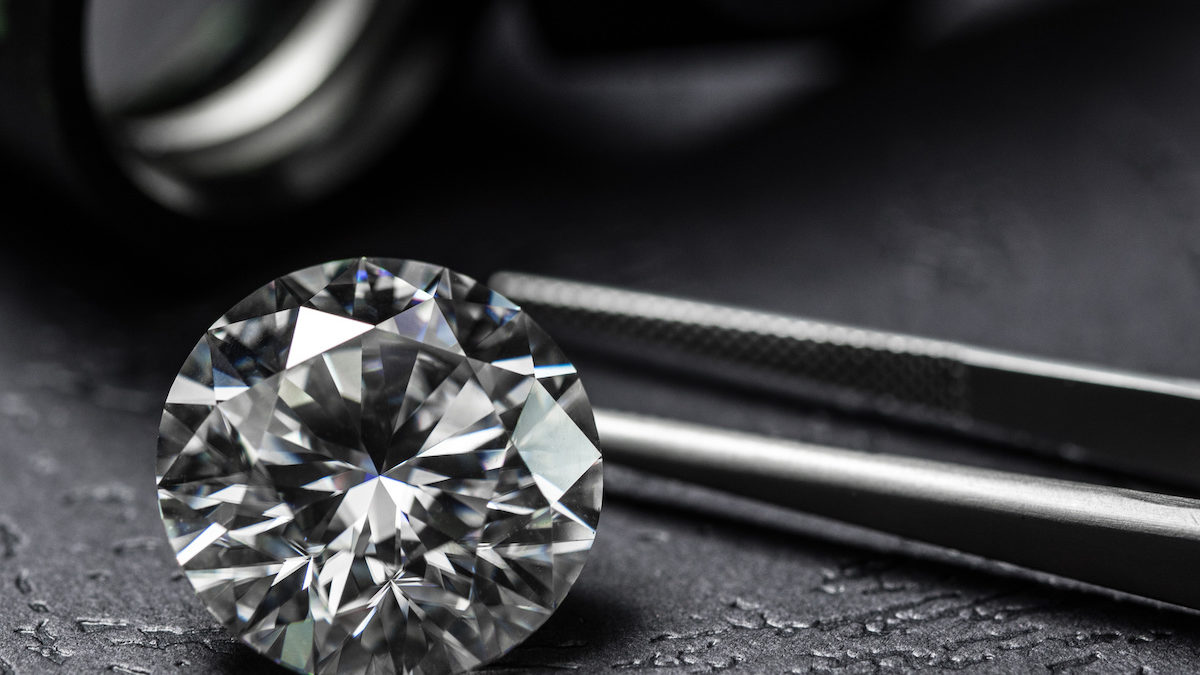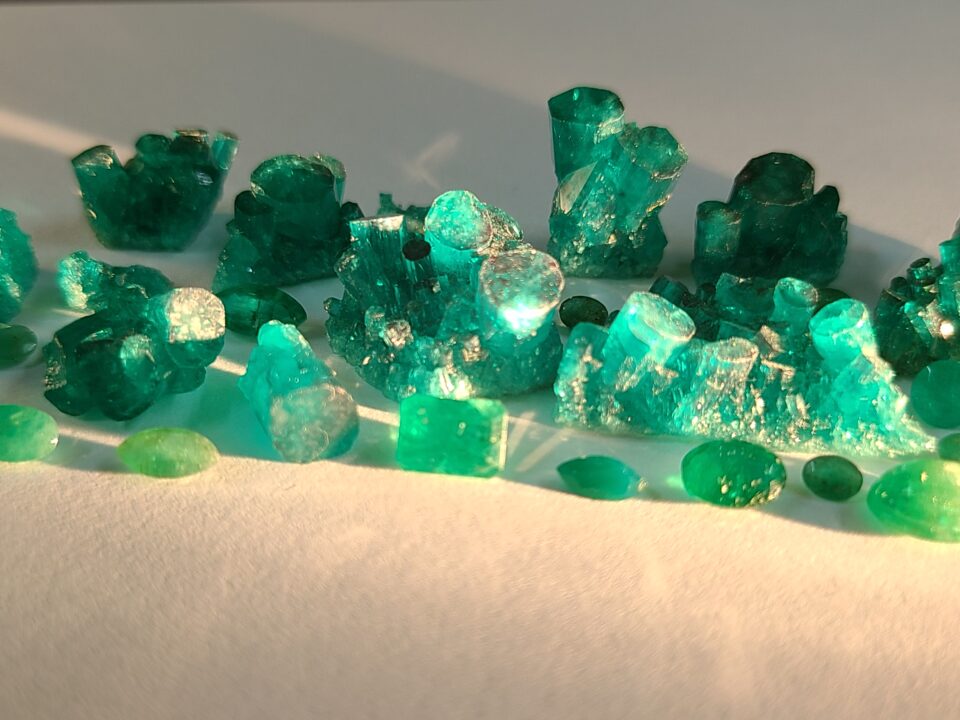Diamonds are a girl’s best friend. They are also beautiful, rare and cherished. Want to know more about the grading system of a diamond and its value? Read on.
Diamond 4Cs
The Gemological Institute of America (GIA), the creator of the Diamond 4Cs and the International Diamond Grading System™, explains that “until the middle of the twentieth century, there was no agreed-upon standard by which diamonds could be judged. GIA created the first, and now globally accepted standard for describing diamonds: Color, Clarity, Cut and Carat Weight. Today, the 4Cs of Diamond Quality is the universal method for assessing the quality of any diamond, anywhere in the world. The creation of the Diamond 4Cs meant two very important things: diamond quality could be communicated in a universal language, and diamond customers could now know exactly what they were about to purchase”.
GIA has specific information about each of the 4Cs. Read below to understand each one and how it applies to a diamond.
Diamond Color
Diamond color actually means lack of color. The diamond color evaluation of most gem-quality diamonds is based on the absence of color. A chemically pure and structurally perfect diamond has no hue, like a drop of pure water, and consequently, a higher value. GIA’s D-to-Z diamond color-grading system measures the degree of colorlessness by comparing a stone under controlled lighting and precise viewing conditions to masterstones of established color value. Many of these diamond color distinctions are so subtle that they are invisible to the untrained eye; however, these distinctions make a very big difference in diamond quality and price.
Diamond Clarity
Diamond clarity refers to the absence of inclusions and blemishes. Natural diamonds are the result of carbon exposed to tremendous heat and pressure deep in the earth. This process can result in a variety of internal characteristics called ‘inclusions’ and external characteristics called ‘blemishes.’ Evaluating diamond clarity involves determining the number, size, relief, nature, and position of these characteristics, as well as how these affect the overall appearance of the stone. While no diamond is perfectly pure, the closer it comes, the higher its value.
The GIA Diamond Clarity Scale has 6 categories, some of which are divided, for a total of 11 specific grades.
- Flawless (FL)No inclusions and no blemishes visible under 10x magnification
- Internally Flawless (IF)No inclusions visible under 10x magnification
- Very, Very Slightly Included(VVS1 and VVS2) Inclusions so slight they are difficult for a skilled grader to see under 10x magnification
- Very Slightly Included (VS1and VS2) Inclusions are observed with effort under 10x magnification, but can be characterized as minor
- Slightly Included (SI1and SI2) Inclusions are noticeable under 10x magnification
- Included (I1, I2, and I3)Inclusions are obvious under 10x magnification which may affect transparency and brilliance
Diamond Cut
A diamond’s cut unleashes its light. Diamonds are renowned for their ability to transmit light and sparkle so intensely. We often think of a diamond’s cut as shape (round, heart, oval, marquise, pear), but a diamond’s cut grade is really about how well a diamond’s facets interact with light. Precise artistry and workmanship are required to fashion a stone so its proportions, symmetry and polish deliver the magnificent return of light only possible in a diamond. A diamond’s cut is crucial to the stone’s final beauty and value. And of all the diamond 4Cs, it is the most complex and technically difficult to analyze.
To determine the cut grade of the standard round brilliant diamond – the shape that dominates the majority of diamond jewelry – GIA calculates the proportions of those facets that influence the diamond’s face-up appearance. These proportions allow GIA to evaluate how successfully a diamond interacts with light to create desirable visual effects such as:
- Brightness:Internal and external white light reflected from a diamond
- Fire:The scattering of white light into all the colors of the rainbow
- Scintillation:The amount of sparkle a diamond produces, and the pattern of light and dark areas caused by reflections within the diamond
Diamond Carat Weight
Diamond carat weight measures a diamond’s apparent size. Diamond carat weight is the measurement of how much a diamond weighs. A metric “carat” is defined as 200 milligrams. Each carat can be subdivided into 100 ‘points.’ This allows very precise measurements to the hundredth decimal place. A jeweler may describe the weight of a diamond below one carat by its ‘points’ alone. For instance, the jeweler may refer to a diamond that weighs 0.25 carats as a ‘twenty-five pointer.’ Diamond weights greater than one carat are expressed in carats and decimals. A 1.08 carat stone would be described as ‘one point oh eight carats.’
Diamonds are a Girl’s Best Friend
In case you were wondering where you heard the phrase “diamonds are a girl’s best friend”? It is a jazz song introduced by Carol Channing in the original Broadway production of Gentlemen Prefer Blondes (1949), which was written by Jule Styne and Leo Robin. It was based on a novel by Anita Loos. Marilyn Monroe and Jane Russell starred in the film Gentlemen Prefer Blondes in 1953.
Stop by one of Albert’s four locations to find the perfect piece of jewelry that you are looking for!
Albert’s has been family owned and operated since 1927. No matter what part of the Tri-Cities you’re in we have a location to serve you. With two locations in Johnson City (Albert’s Loan Office and Uncle Sam’s Pawn Liquidation), Albert’s Loan Office in Bristol and our newest store, Albert’s Pawn in Kingsport – getting top dollar for your items for pawn loans and finding that item you’ve been looking for at an unbeatable price has never been easier.


